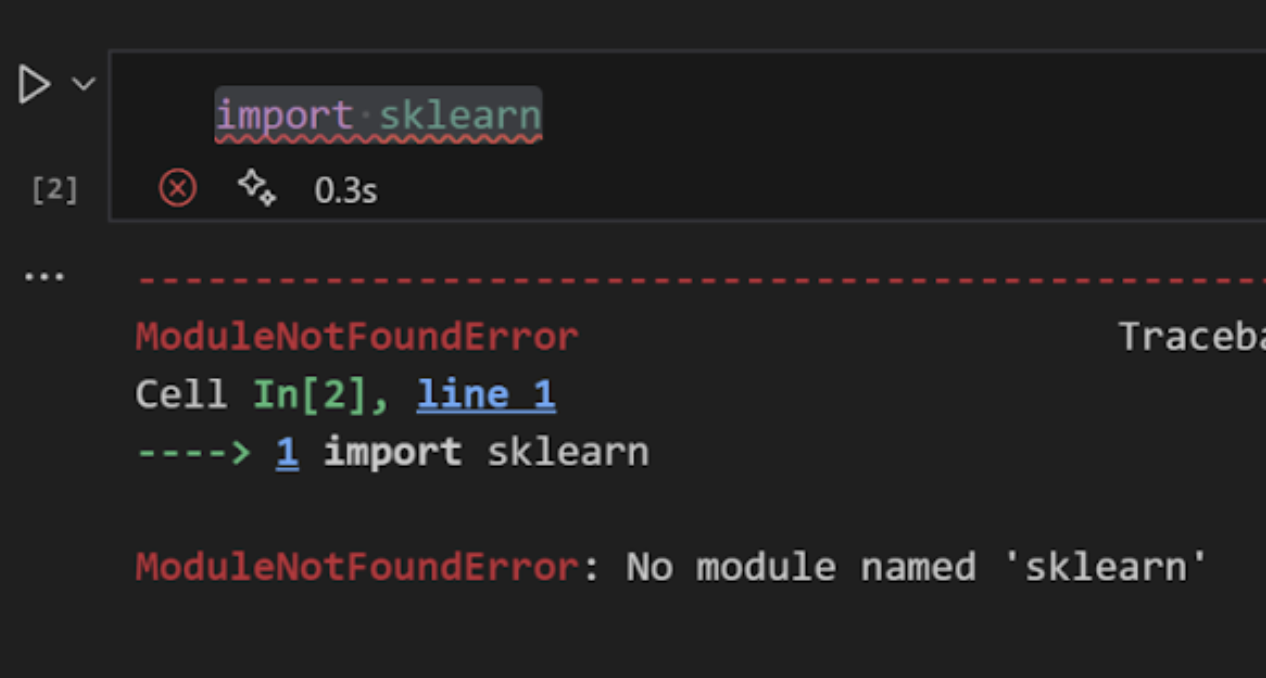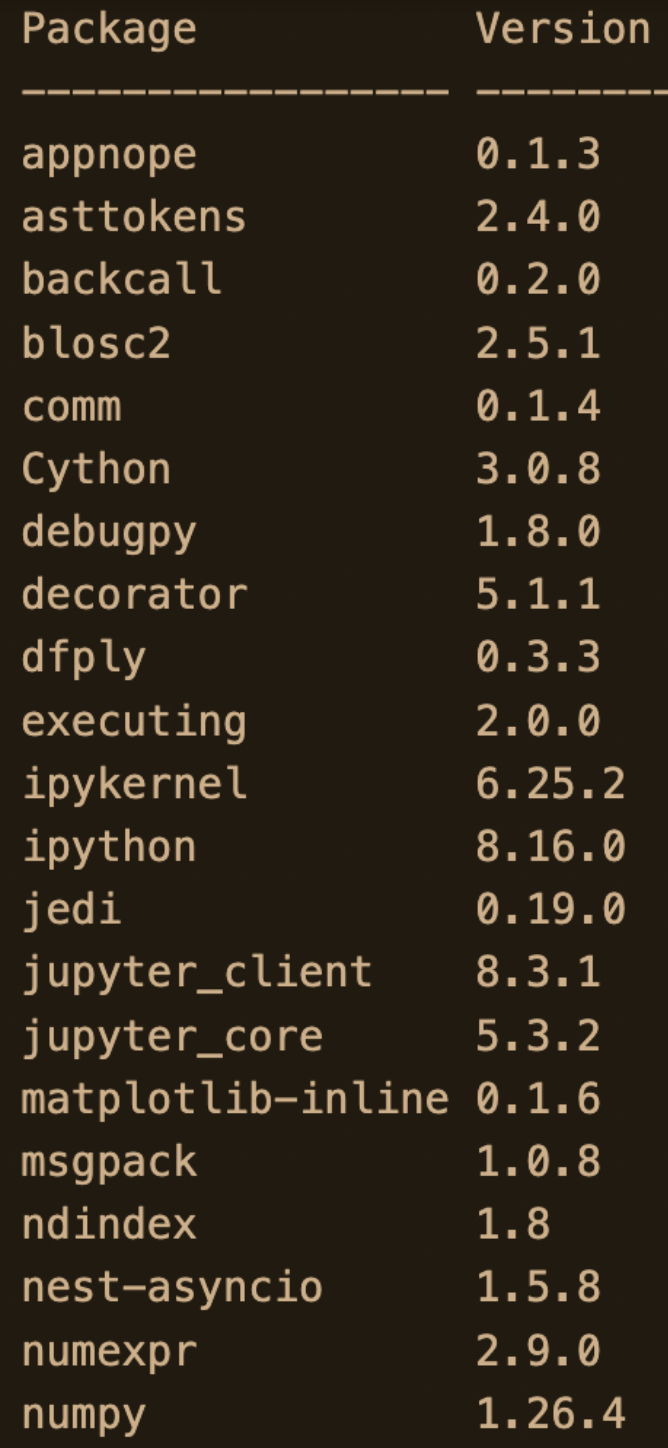Course
Topics
Learn Python with DataCamp
4 hr
5.6M
Course
Cleaning Data in Python
4 hr
108.6K
Course
Introduction to Object-Oriented Programming in Python
3 hr
1.9K
See More
RelatedSee MoreSee More
cheat sheet
Scikit-Learn Cheat Sheet: Python Machine Learning
A handy scikit-learn cheat sheet to machine learning with Python, including some code examples.
Karlijn Willems
4 min
tutorial
Python Machine Learning: Scikit-Learn Tutorial
An easy-to-follow scikit-learn tutorial that will help you get started with Python machine learning.
Kurtis Pykes
12 min
tutorial
Python Tutorial for Beginners
Get a step-by-step guide on how to install Python and use it for basic data science functions.
Matthew Przybyla
12 min
tutorial
Naive Bayes Classification Tutorial using Scikit-learn
Learn how to build and evaluate a Naive Bayes Classifier using Python's Scikit-learn package.
Abid Ali Awan
13 min
tutorial
Python KeyError Exceptions and How to Fix Them
Learn key techniques such as exception handling and error prevention to handle the KeyError exception in Python effectively.
Javier Canales Luna
6 min
code-along
Getting Started with Machine Learning in Python
Learn the fundamentals of supervised learning by using scikit-learn.
George Boorman
 ModuleNotFoundError in Python environment
ModuleNotFoundError in Python environment Example list of installed packages
Example list of installed packages Restarting our Jupyter kernel
Restarting our Jupyter kernel